
There are many ways for measuring bloodglucose levels. This form of measuring helps many people controltheir blood sugar levels, thereby staying healthy, especially if theysuffer from diabetes. Regardless of numerous existing measuringsystems, the principles behind measuring blood sugar levels arebasically the same.
You can read all about these processesthrough the lines below, learning more about glucose levels in theblood per se, as well as all the different ways of measuring these.
Glucose Monitoring System
Most pharmacies have complete testingkits for measuring blood glucose levels. Thus, most of us can obtainthese devices over-the-counter, without a doctor's prescription. Yet,a doctor or a nurse can help us make the right choice, when it comesto selecting the testing kits best for our purposes.
Most of these devices require us toprick the tip of our finger with a special needle and place the dropof blood that we release this way onto a special testing strip. Thestrip is made out of plastic, metal and some special chemicals whichdetermine the amount of sugar in the blood. A vast majority of thesedevices can give adequate results only with the blood from the fingerprovided. On the other hand, there are some new models which can giveaccurate results with blood obtained from other parts of the body.
Once the whole process is donesuccessfully, the results are displayed on digital displays thatthese devices contain.
Before doing this test, you are advisedto prepare for it well, by placing all the items you will need to bewithin your reach. For example, you can benefit from unpacking thestrips, preparing the needle and turning the measuring device on.Before and after using the prick needle, you should wash it with soapand water or by using a swab you have previously dipped in alcohol.However, both the skin and the needle need to be absolutely dry priorto the testing.
Due to the fact that the needle issharp and the fingertip area is sensitive, a sharp pain may be feltduring the blood-obtaining stage.
Nevertheless, this measurement processis very important since it gives you the capability to monitor thechanges in your blood glucose levels, knowing how these behave afterand before meals, helping you determine the ideal time for yourmedications. Also, this will allow you to see how different types offood, as well as different variants of physical activity affect theblood glucose levels in your body.
When you get the results, you can reactproperly, either dealing with the high sugar levels you have or thelow sugar levels in your body. Note that low levels of blood sugarwill require you to eat something or to modify the dose of insulinyou will administer next, while the high levels of blood sugar willindicate that you need to receive an additional dosage of insulin.
Finally, some other things you mightwant to bear in mind are the danger of having the spot where youprick the skin with the needle infected and experiencing prolongedbleeding even after the procedure is done.
If your results are normal, theseshould be somewhere between 70 and 130mg/dL before you eat somethingand less than 180mg/dL after you eat.
Risks of Blood Sugar Monitoring
In order for the whole blood sugarmonitoring procedure to be done successfully, you need to make surethat you have followed all the steps adequately.
In general, there are minimal risksrelated to this process. Basically, you might develop bruises on oraround the spot where the needle penetrated the skin. However, youcan reduce the chances for this happening by pressing the area withyour finger, immediately after the blood has been drawn.
Alternatively, if the puncture woundbecomes inflamed, you can treat it by exposing it to warm compressesseveral times a day.
Finally, the only group of people whomight experience serious problems during the blood glucose monitoringprocesses are people who suffer from blood disorders and bleedingdisorders like hemophilia. Additionally, some medications likeaspirin and some other blood-thinners are known to increase chancesof excessive bleeding during blood glucose monitoring. Thus, beforeyou perform the procedure, you are advised to make sure that you arenot under the influence of such medications.
For all other questions you might haverelated to the procedure, you should turn to your doctor, preferablybefore you draw the blood yourself and indulge into the process.
All in all, blood sugar monitoring is aprocess which is invaluable to all who suffer from diabetes and thosewho desire to get insight into their blood sugar levels for someother reasons. There are several types of test kits for this purposeand all of them are based on the same method, involving a bloodsample, testing strips and a device calculating the resuts.


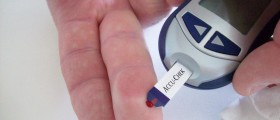
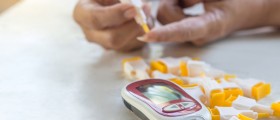

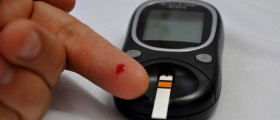
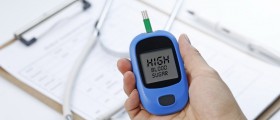

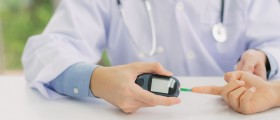
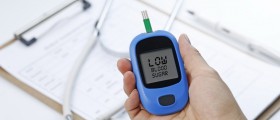
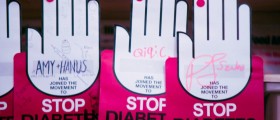
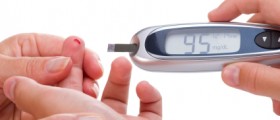
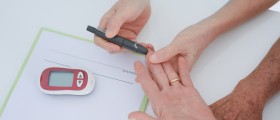

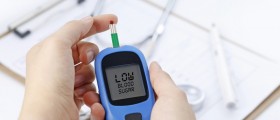


Your thoughts on this
Loading...